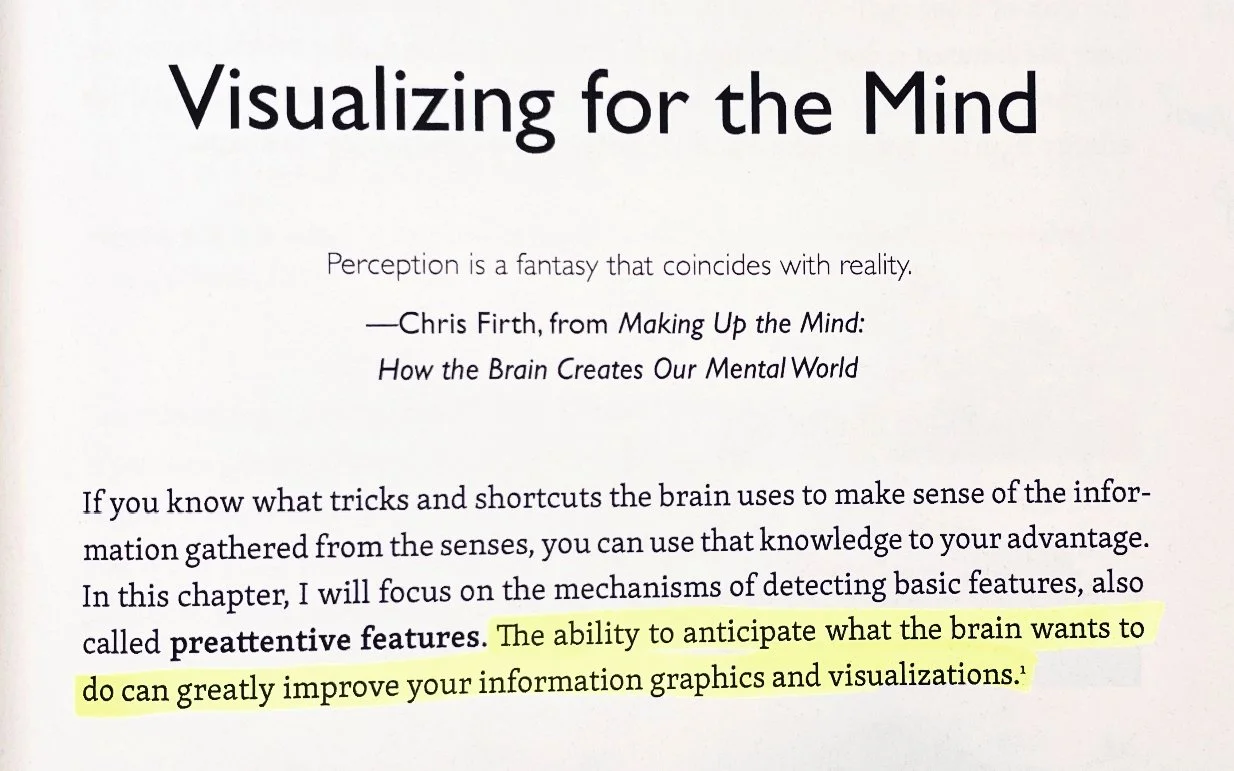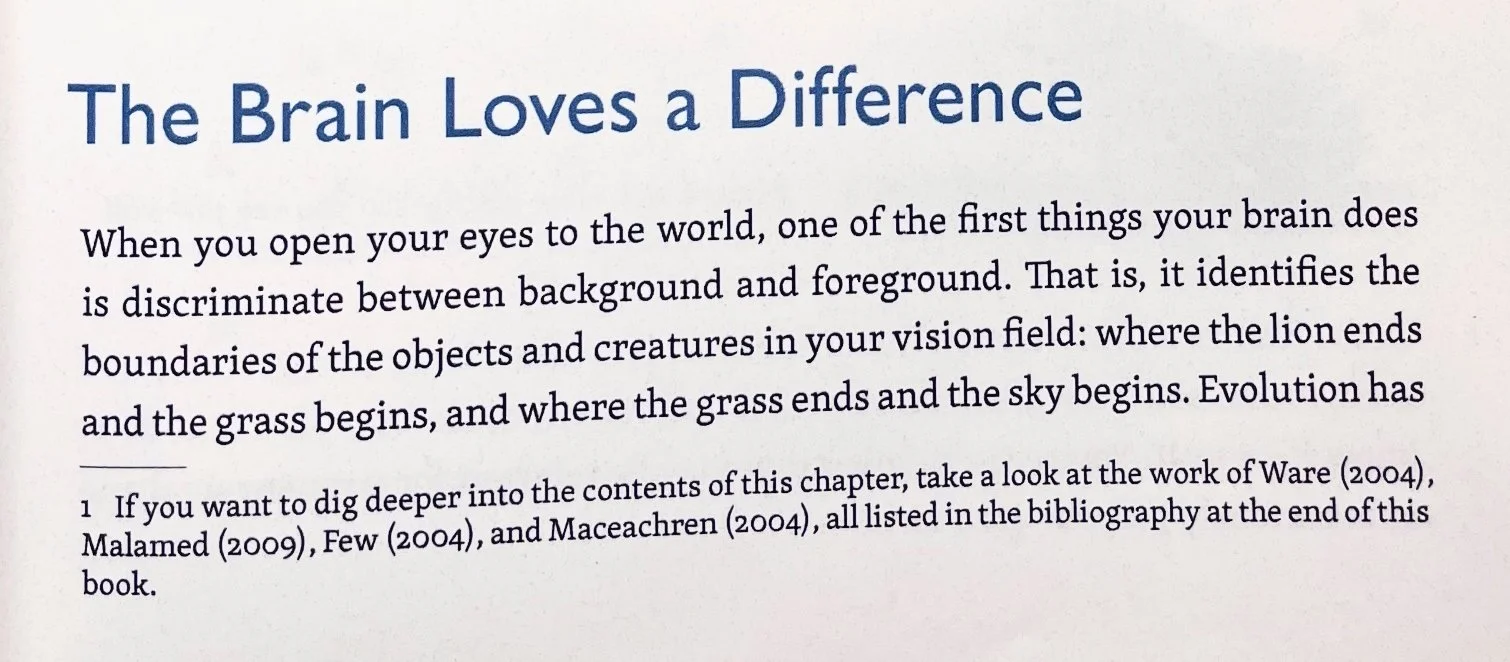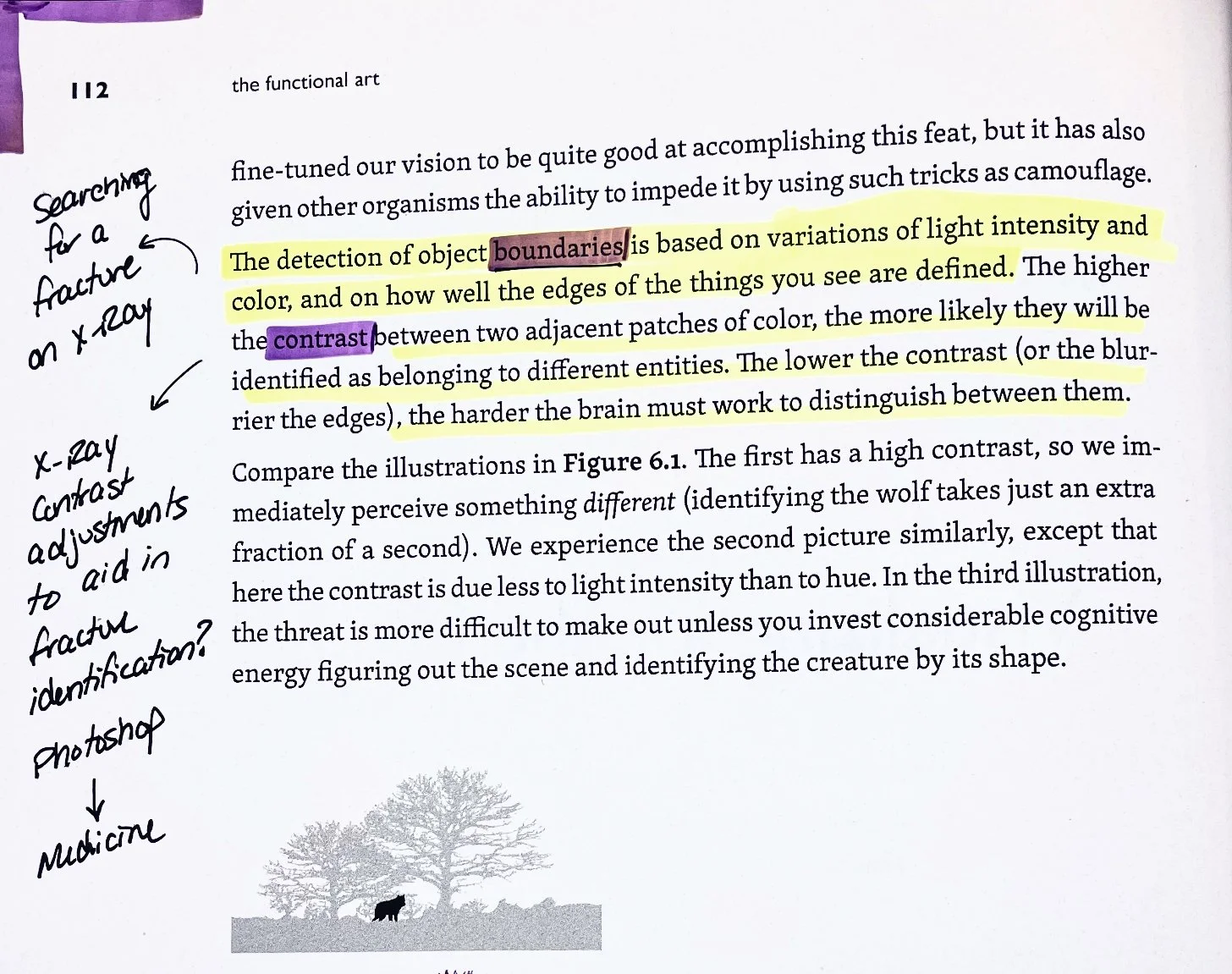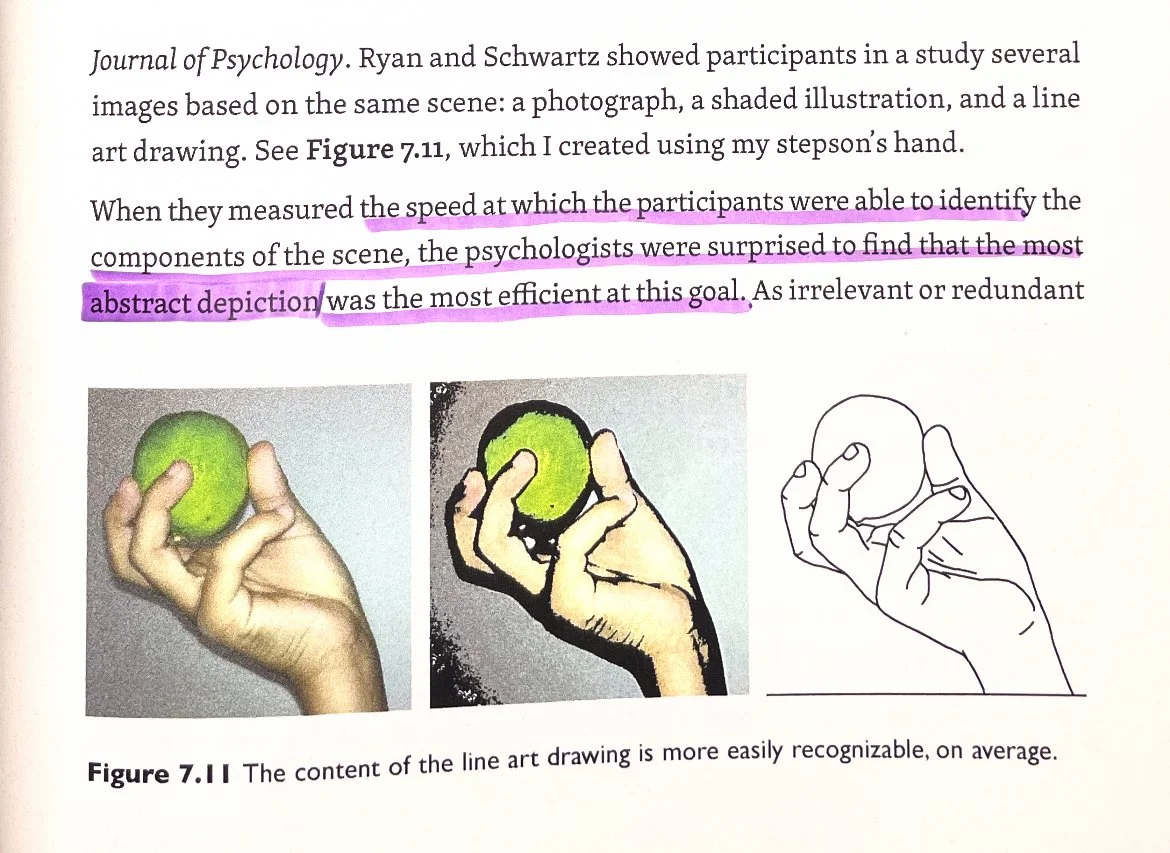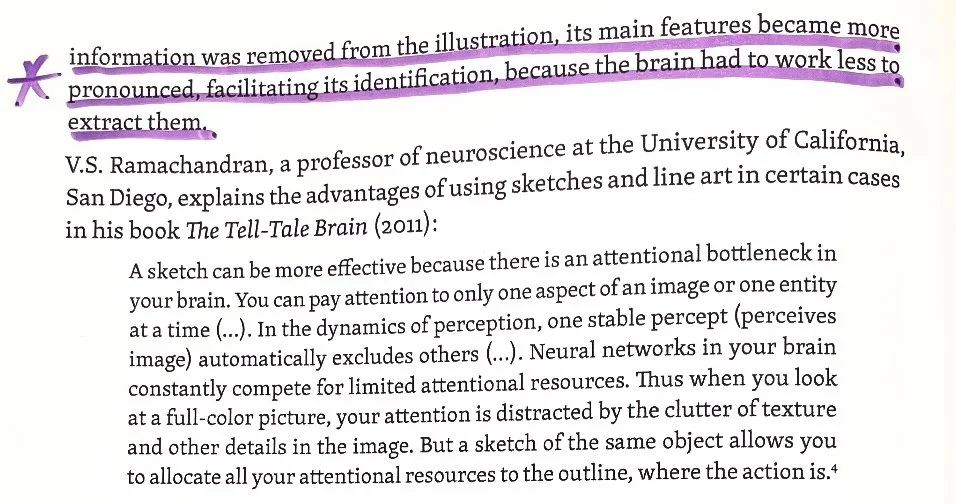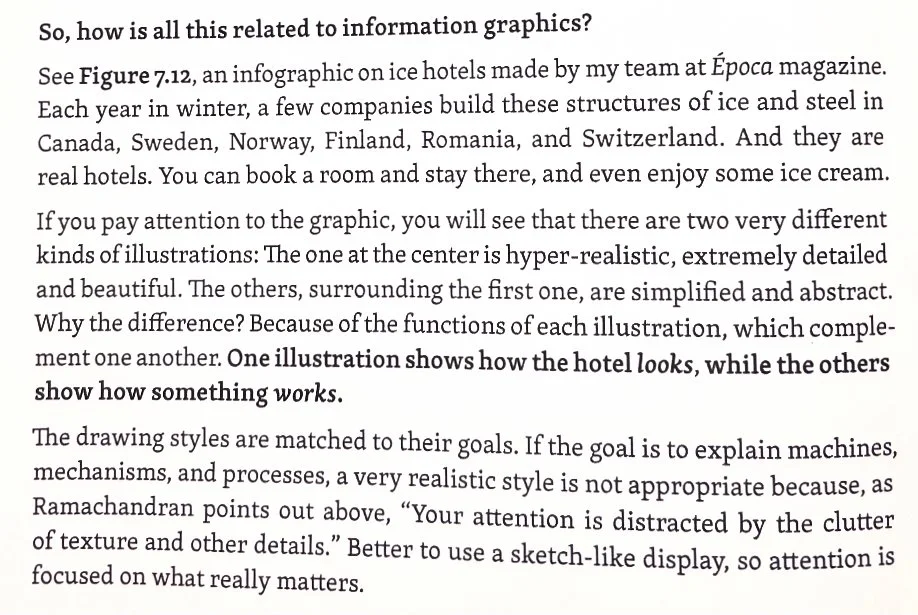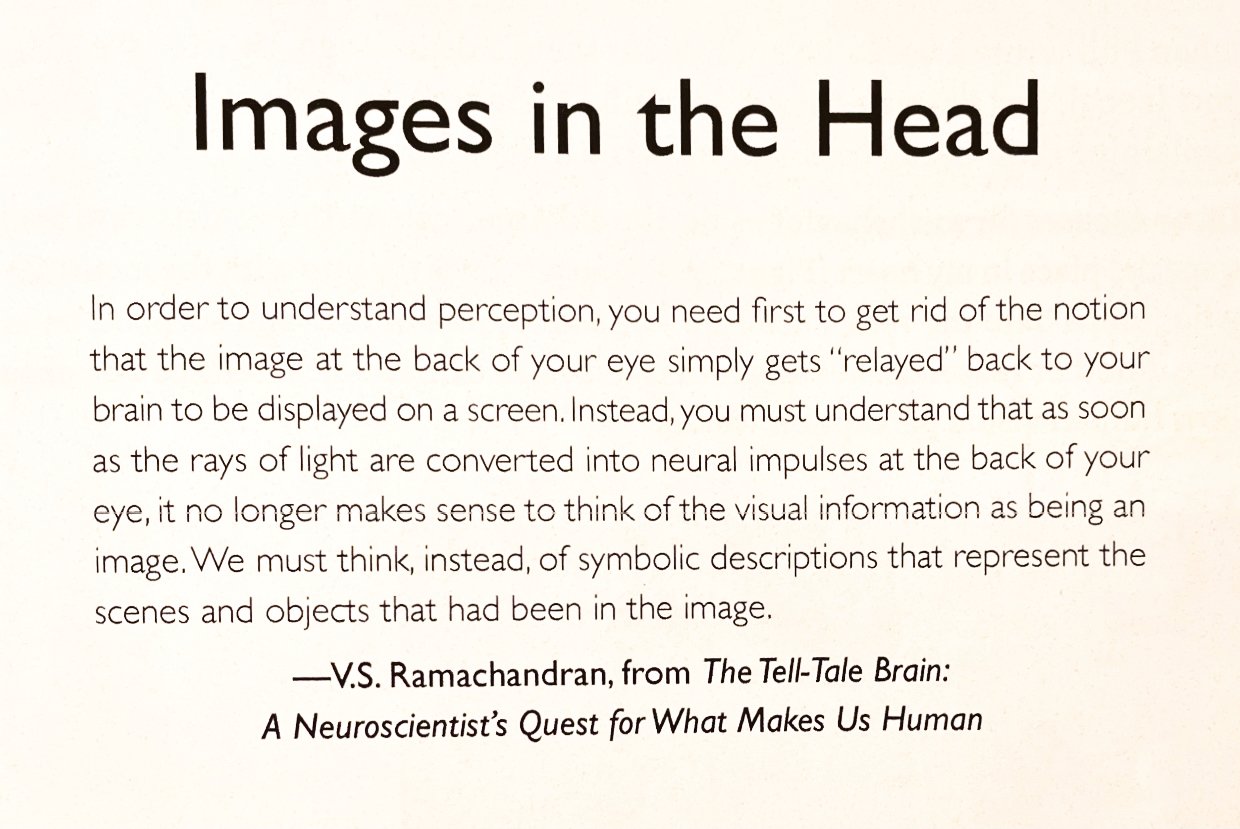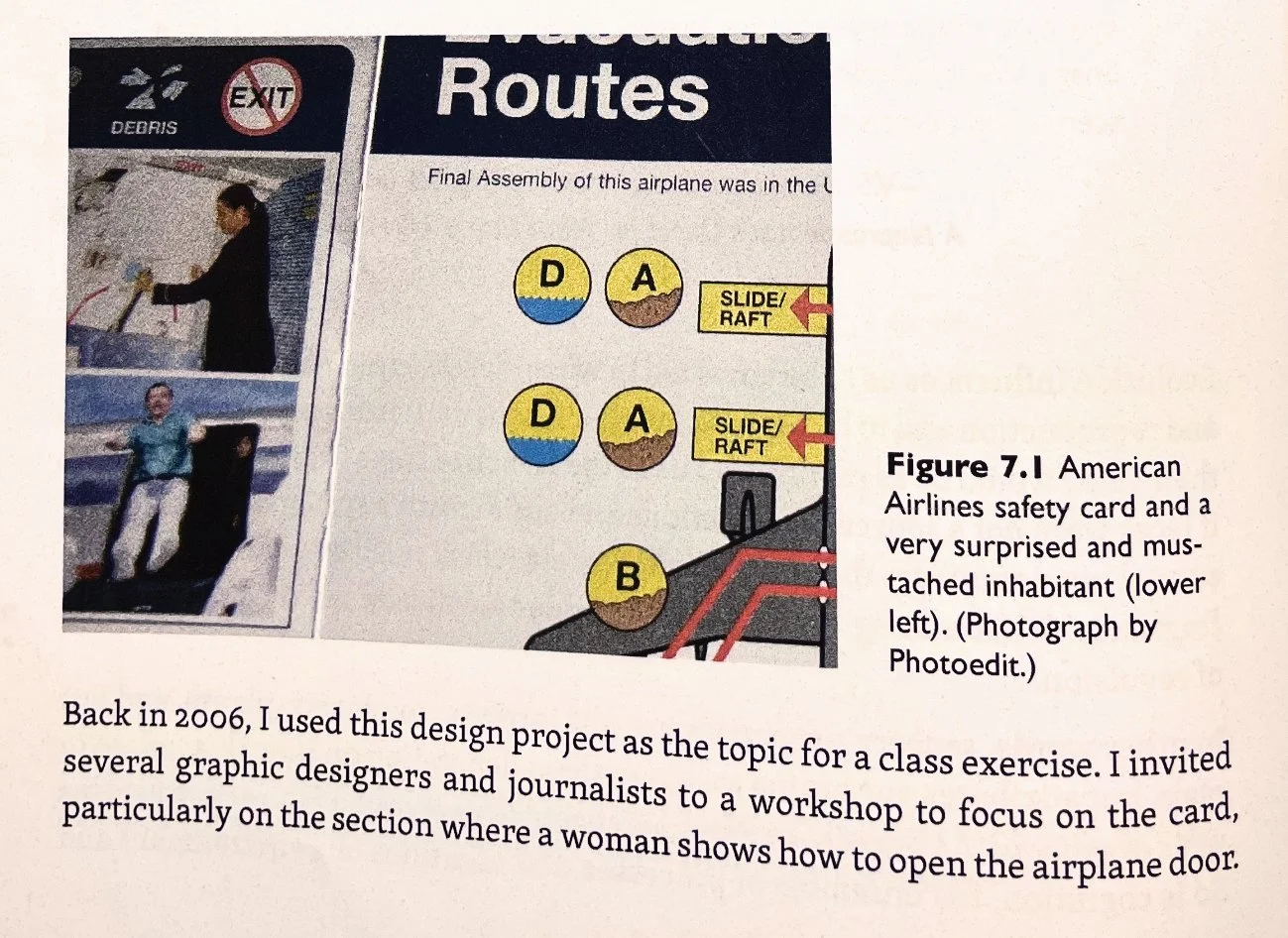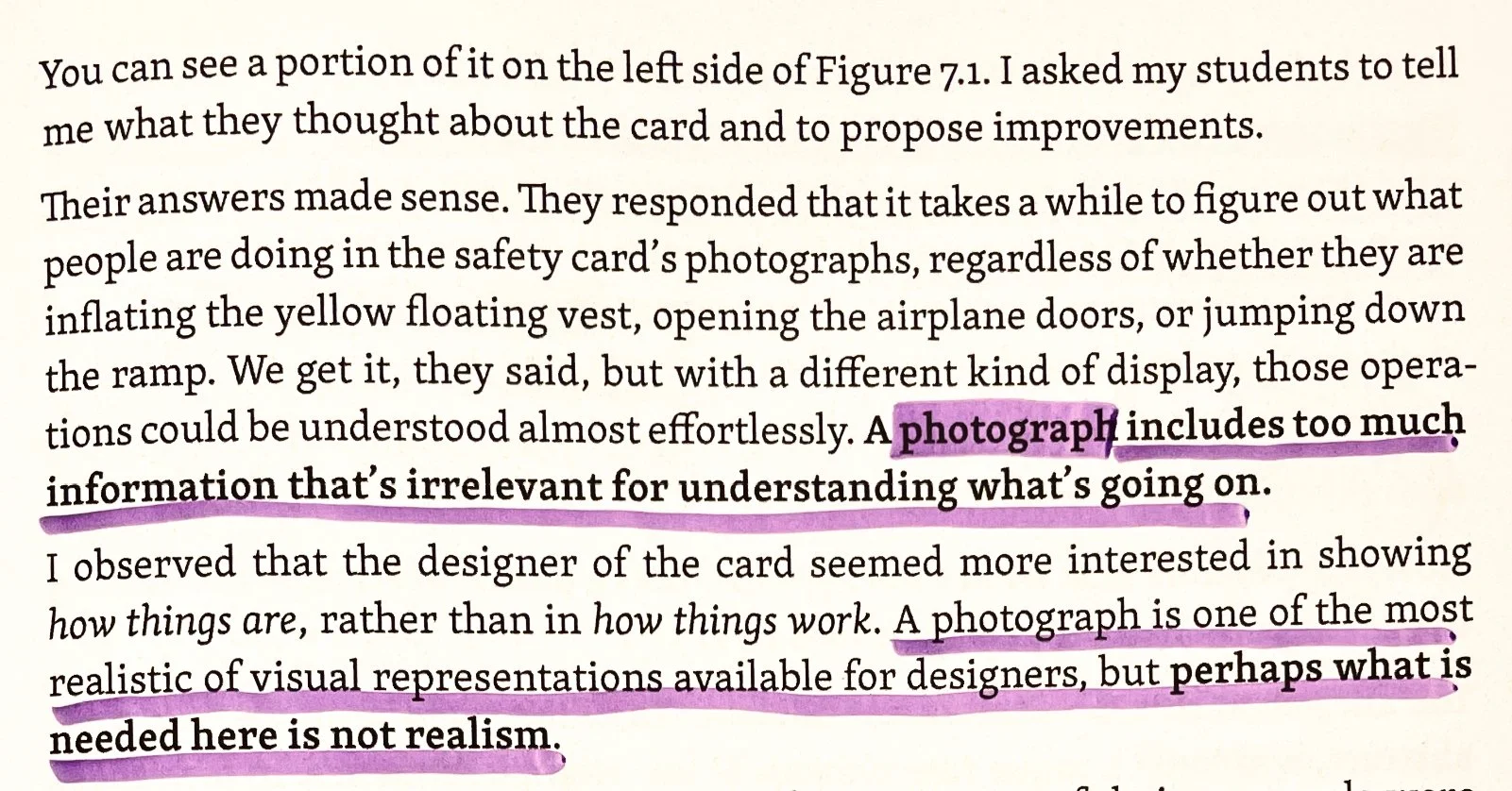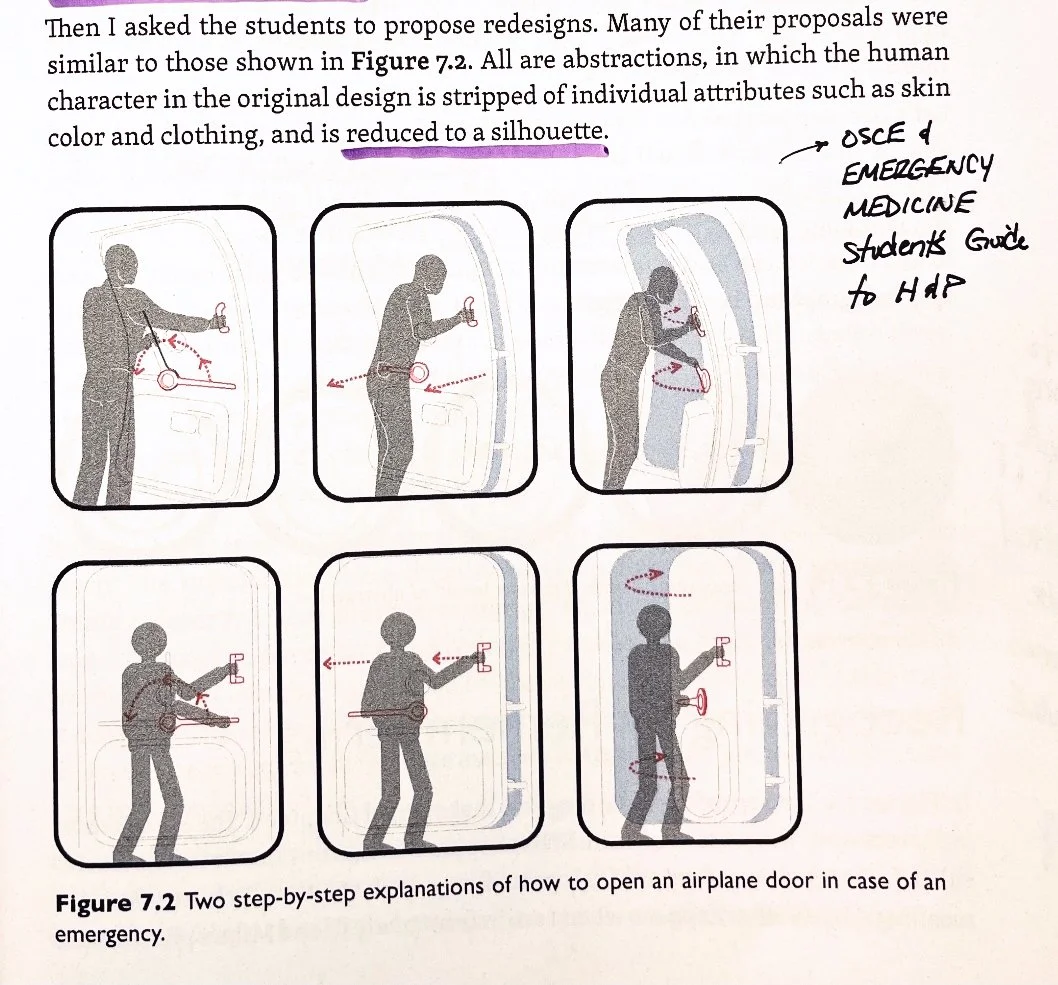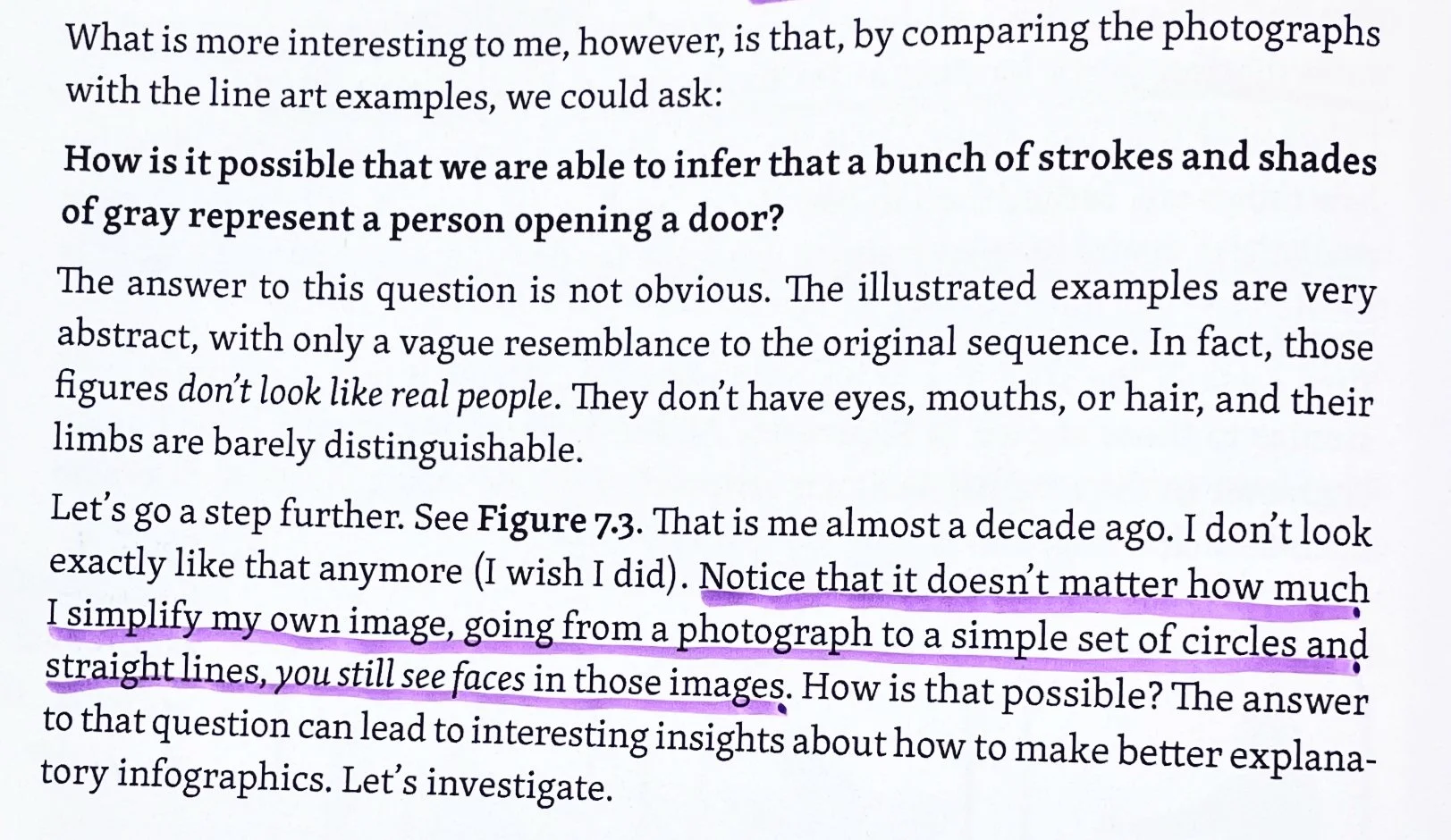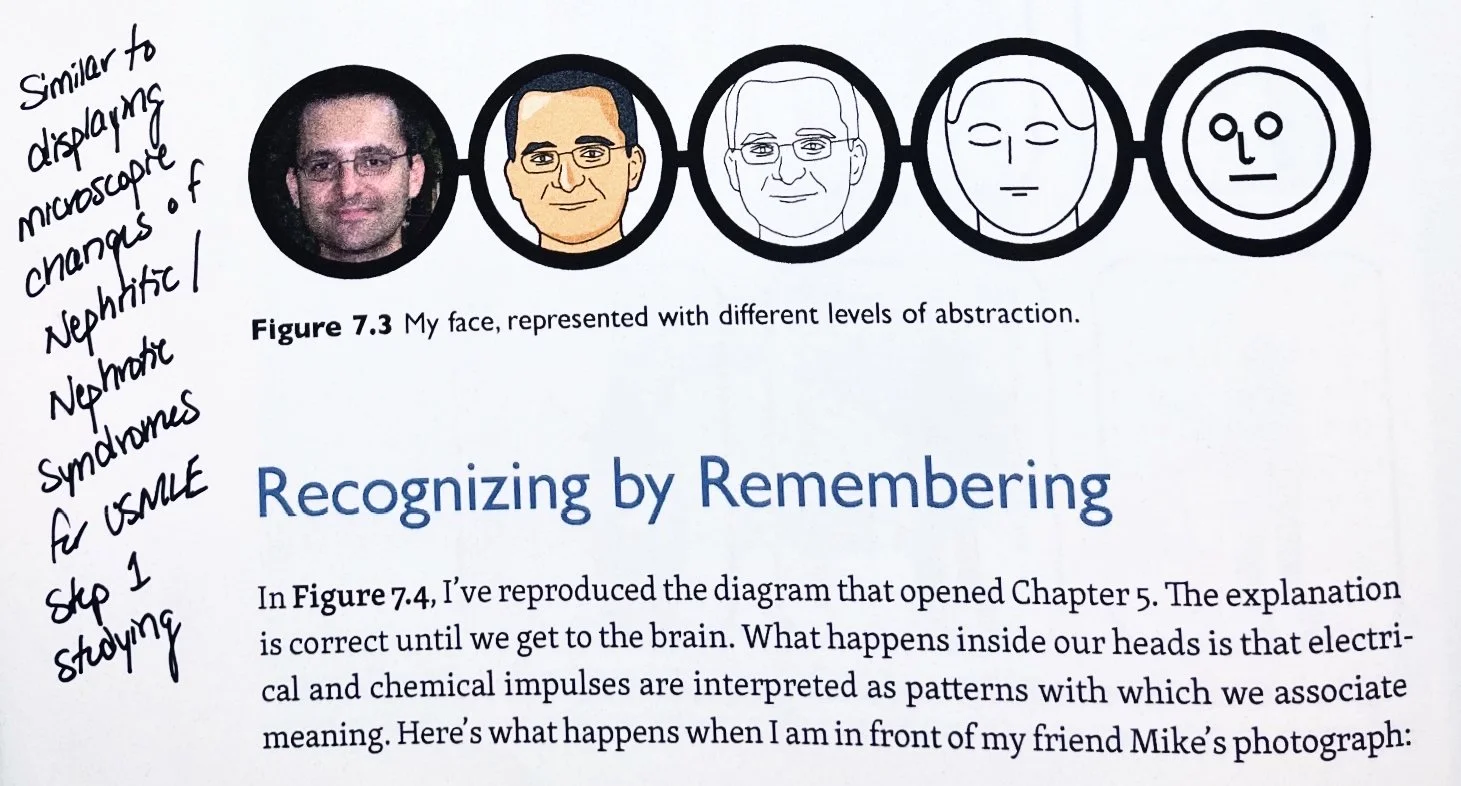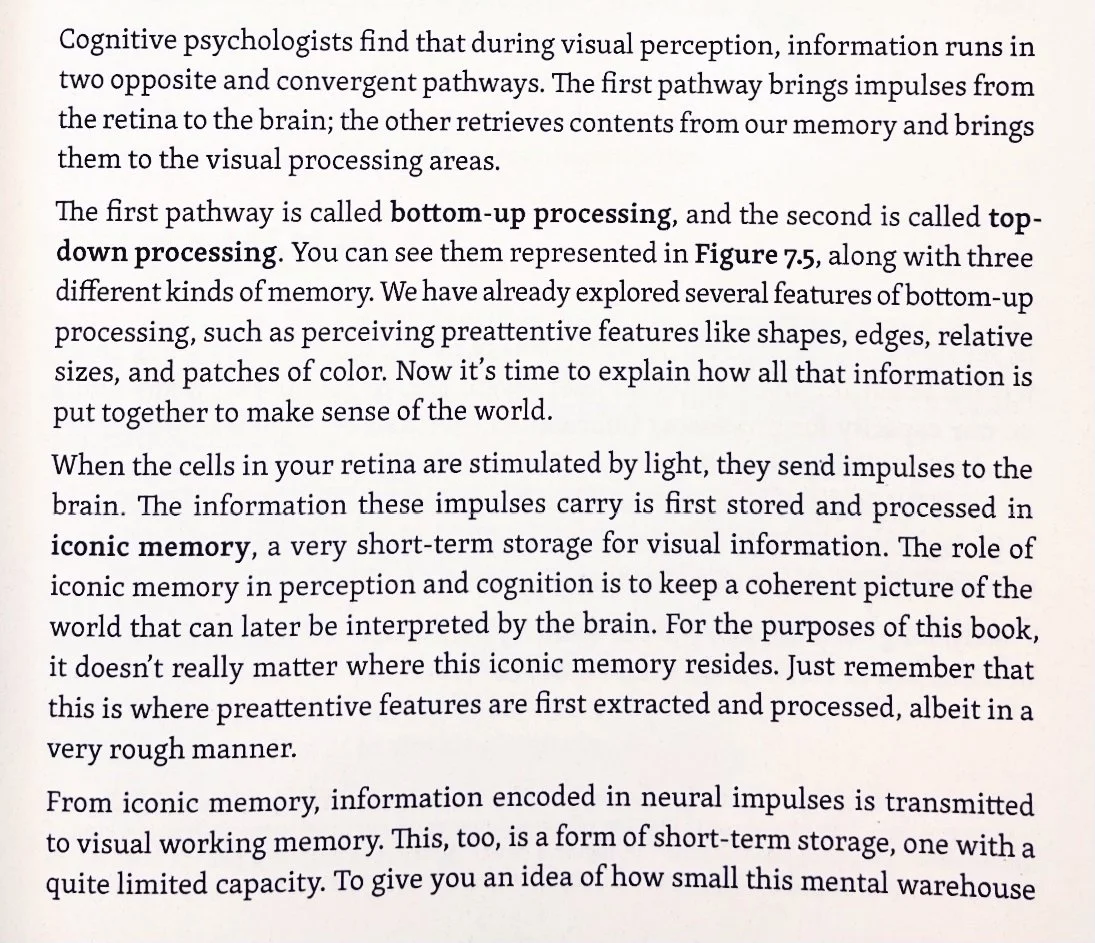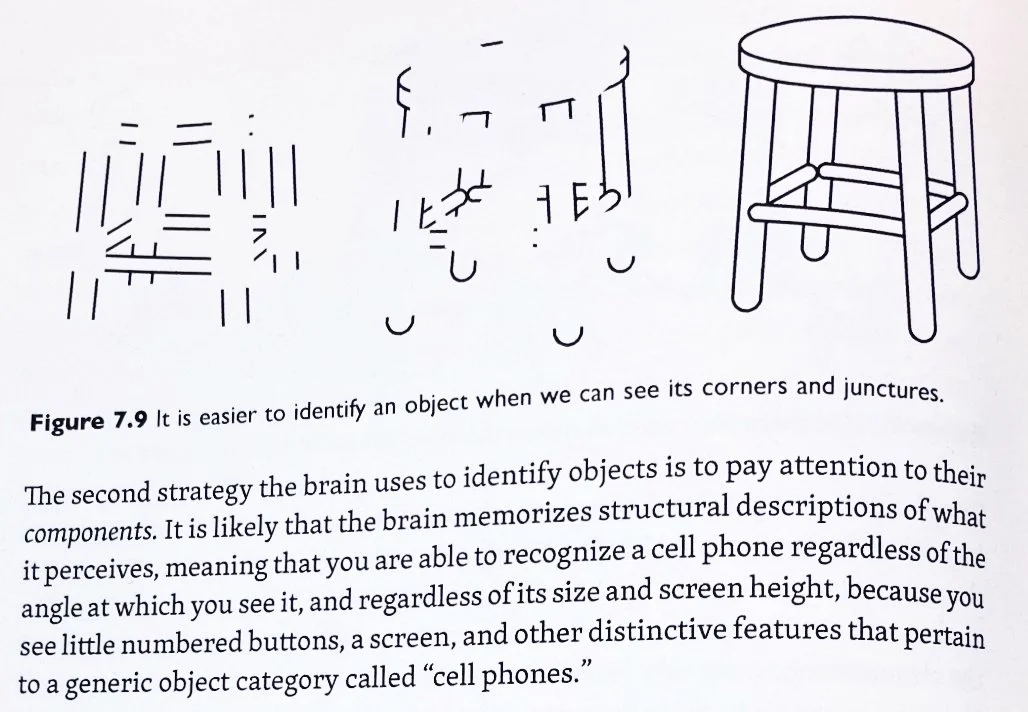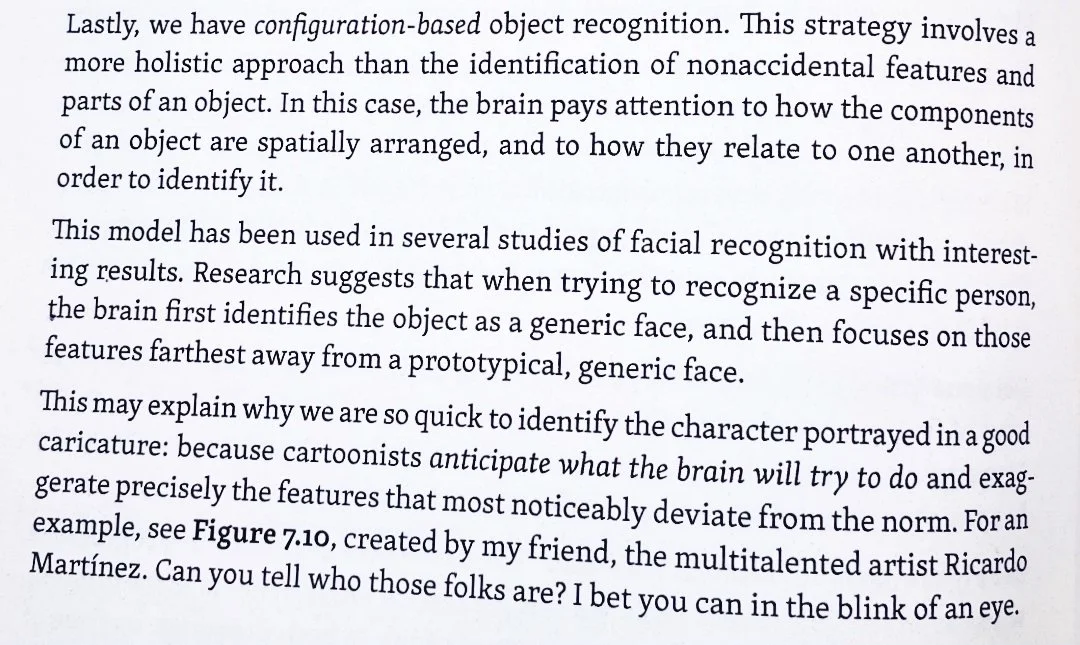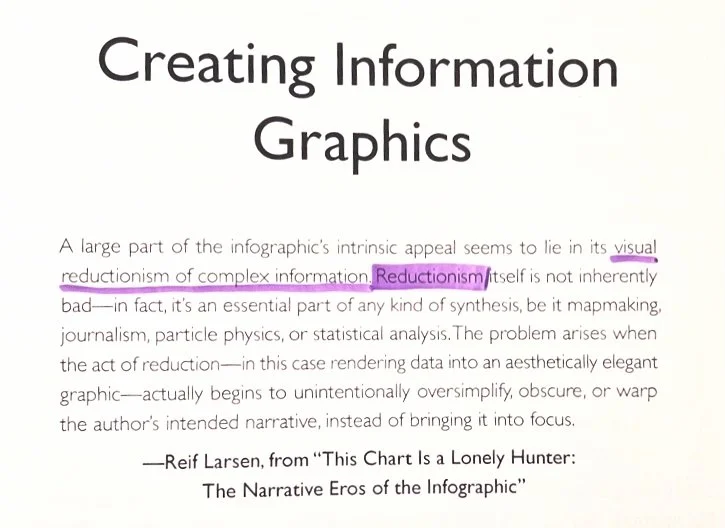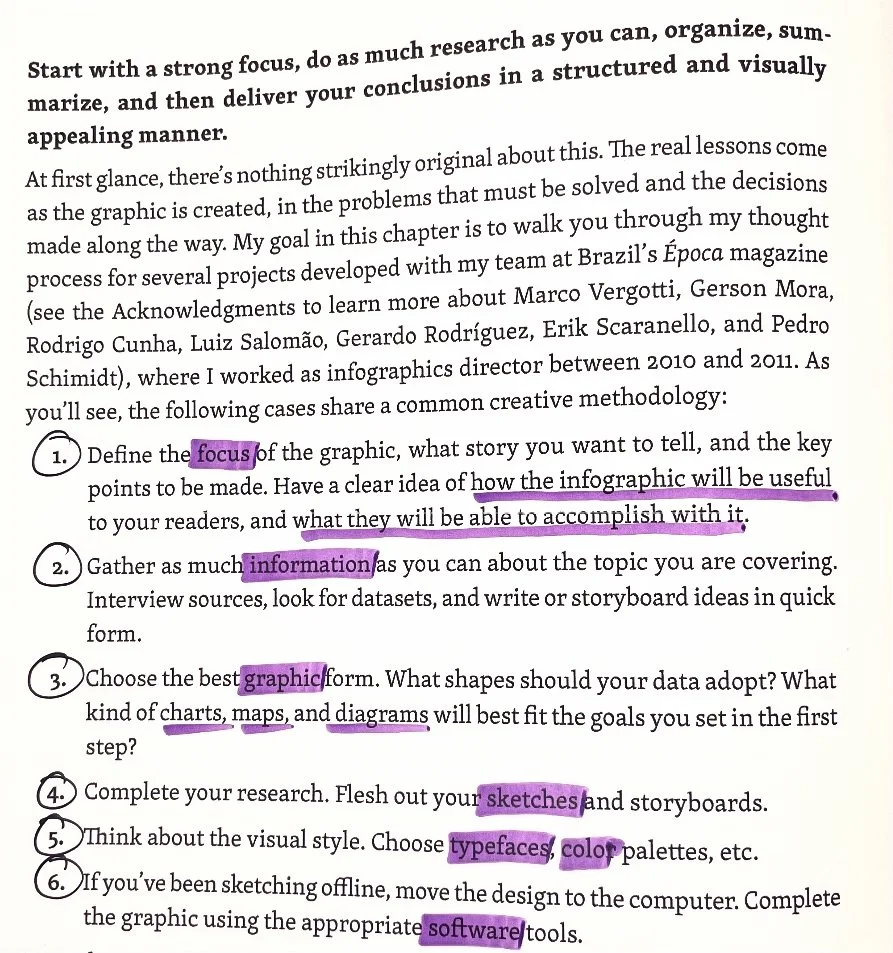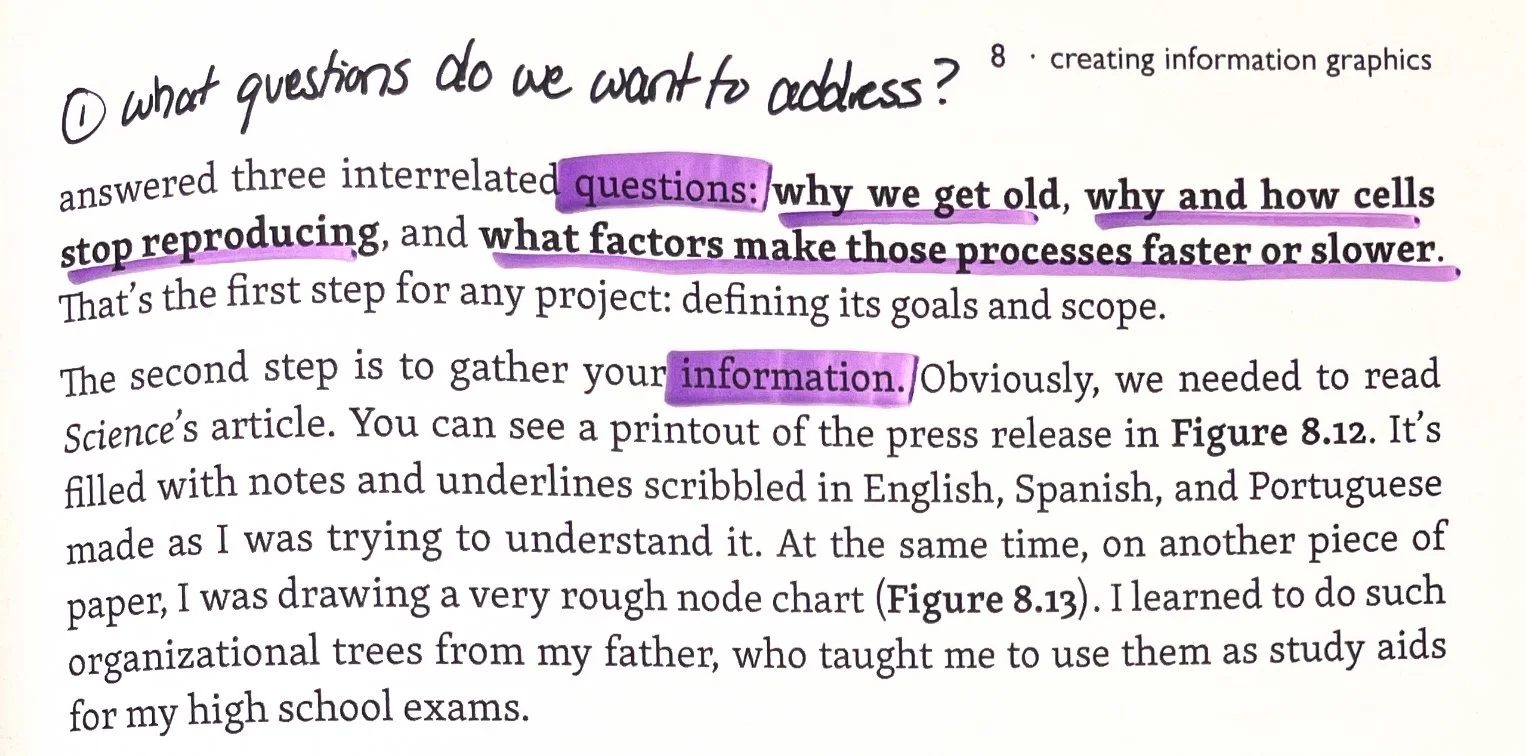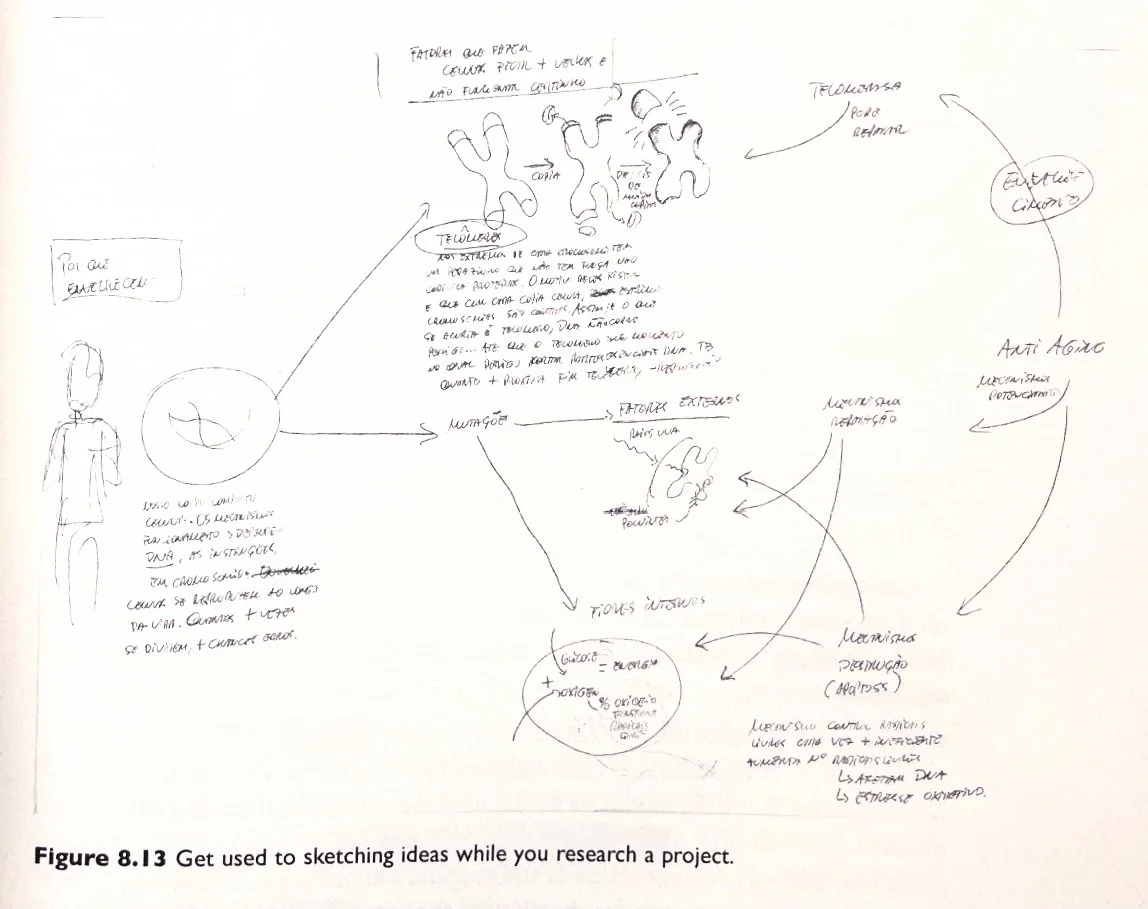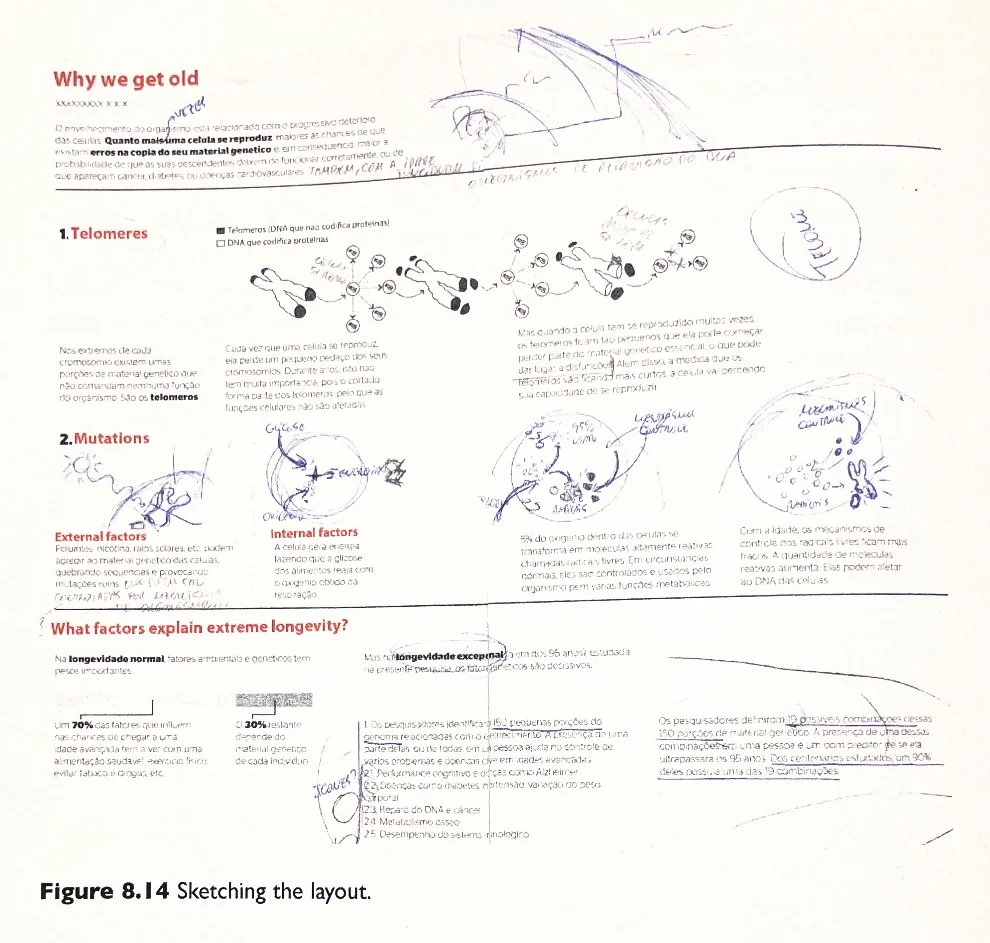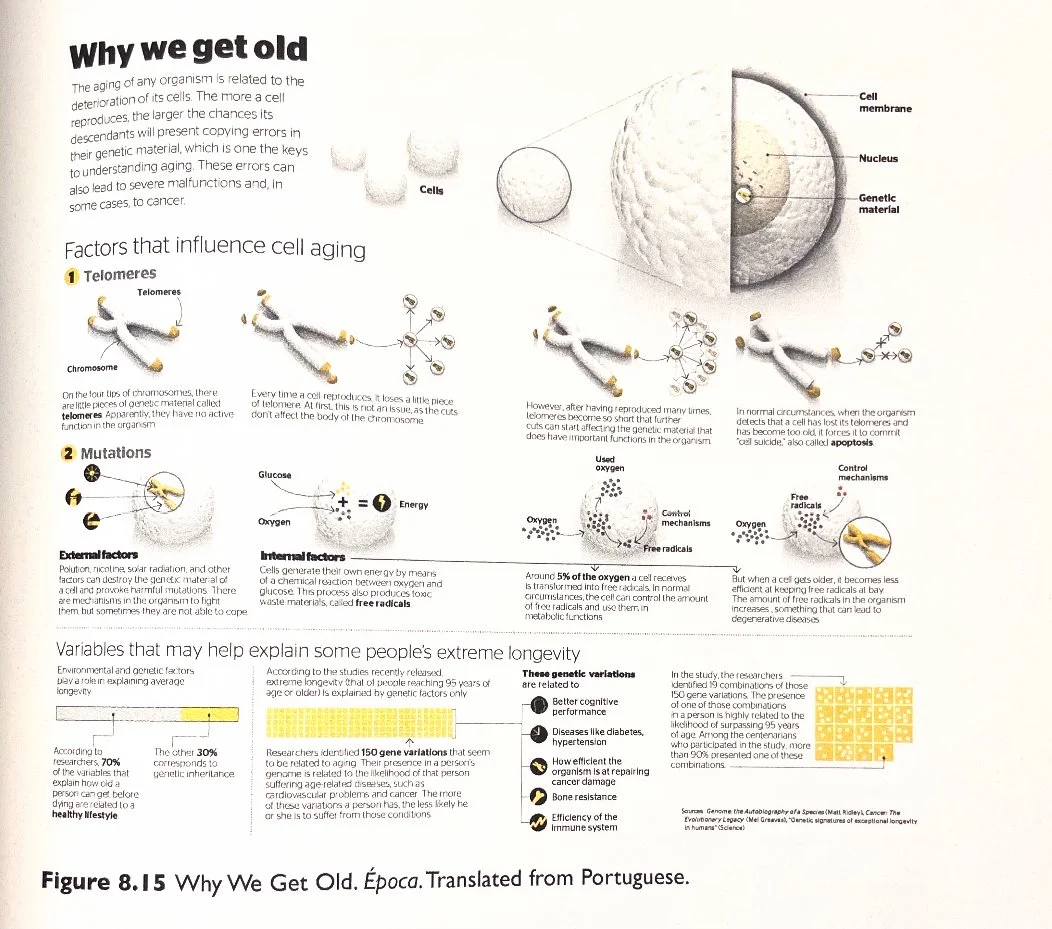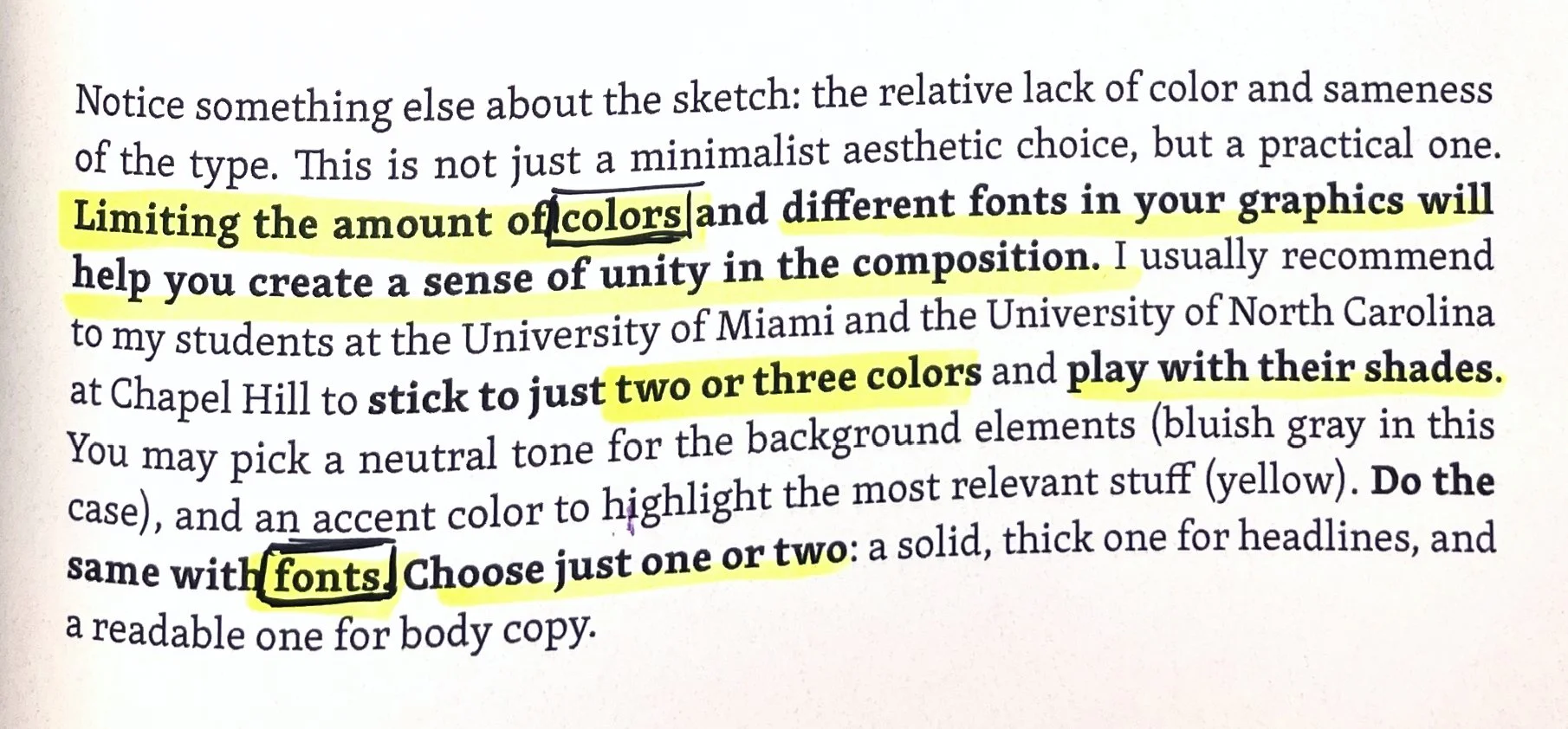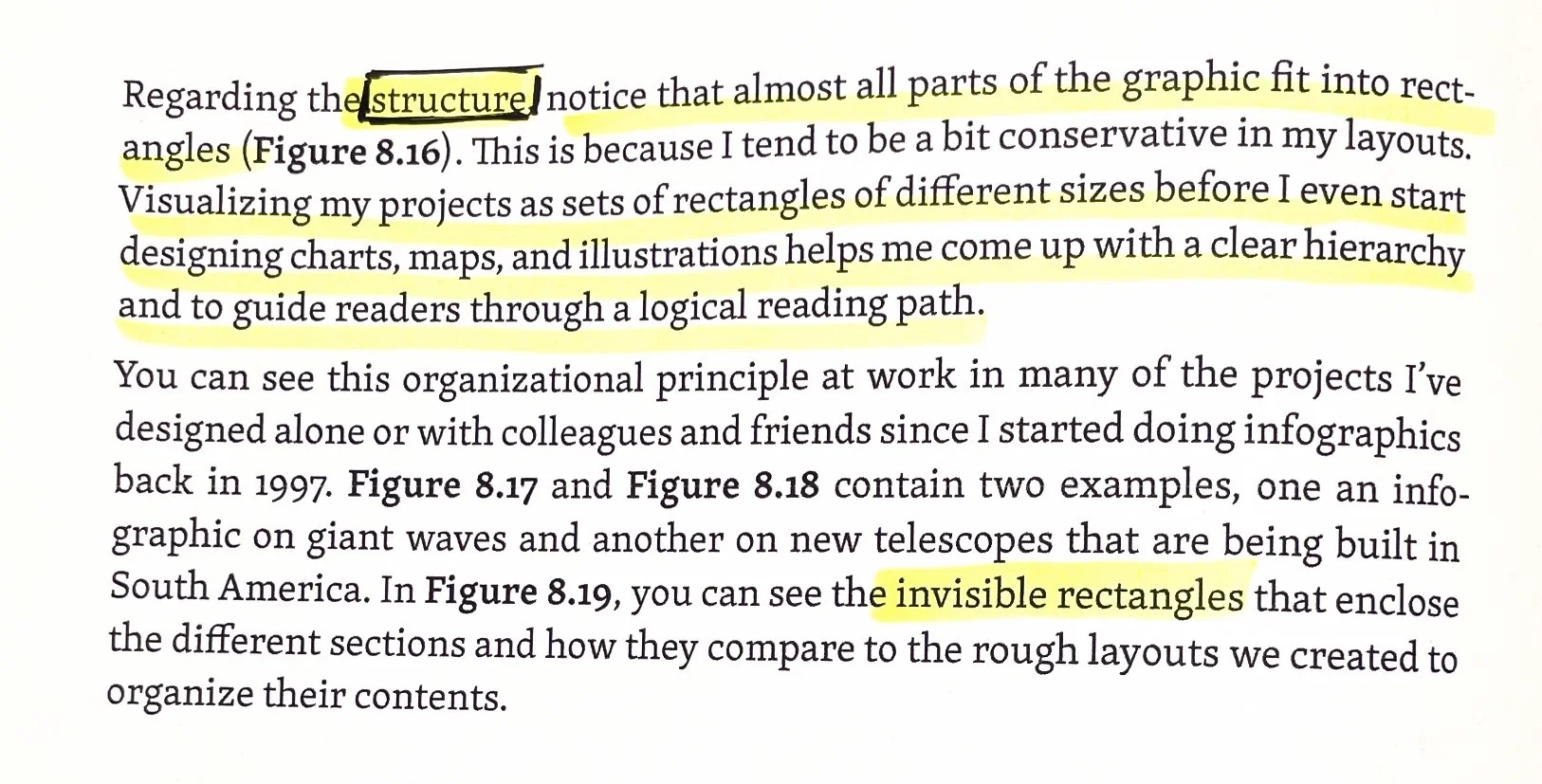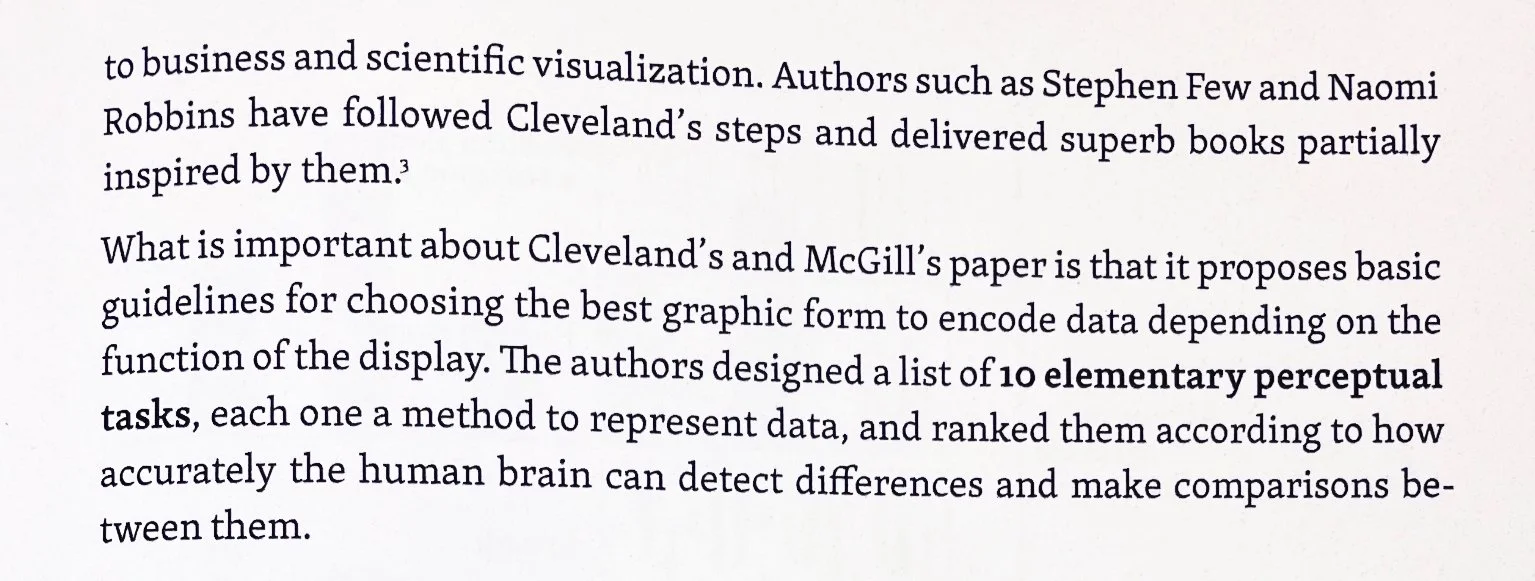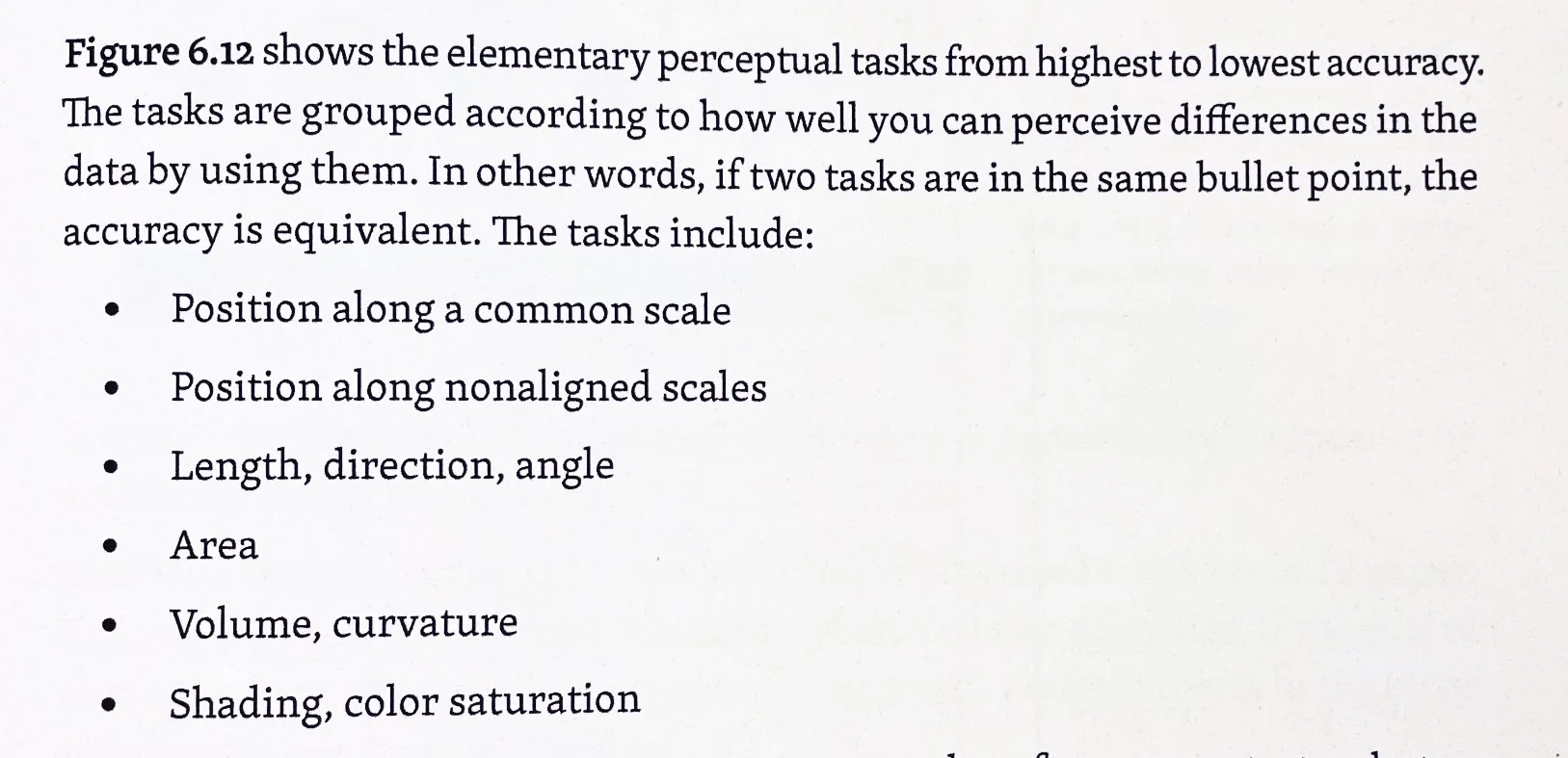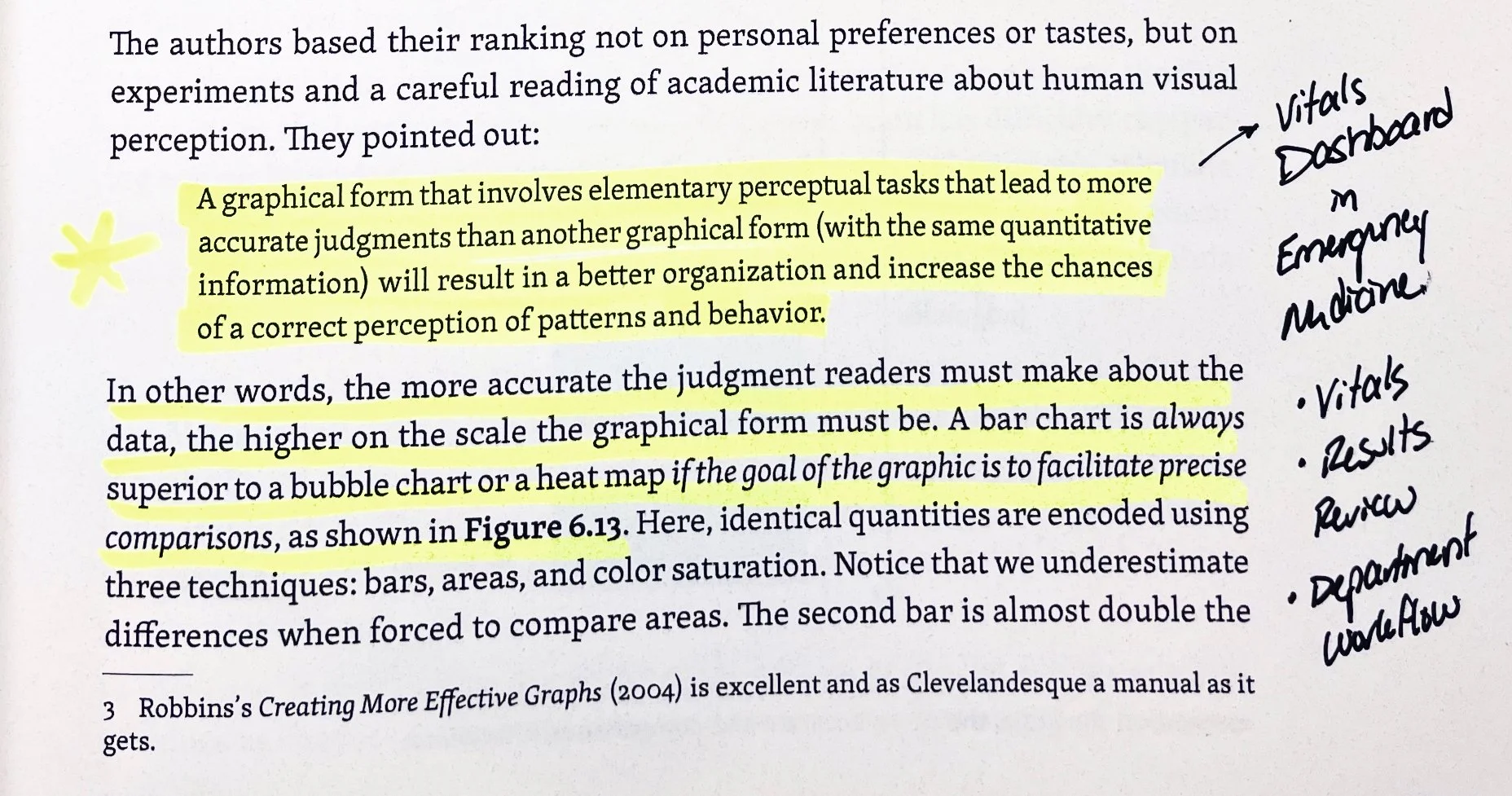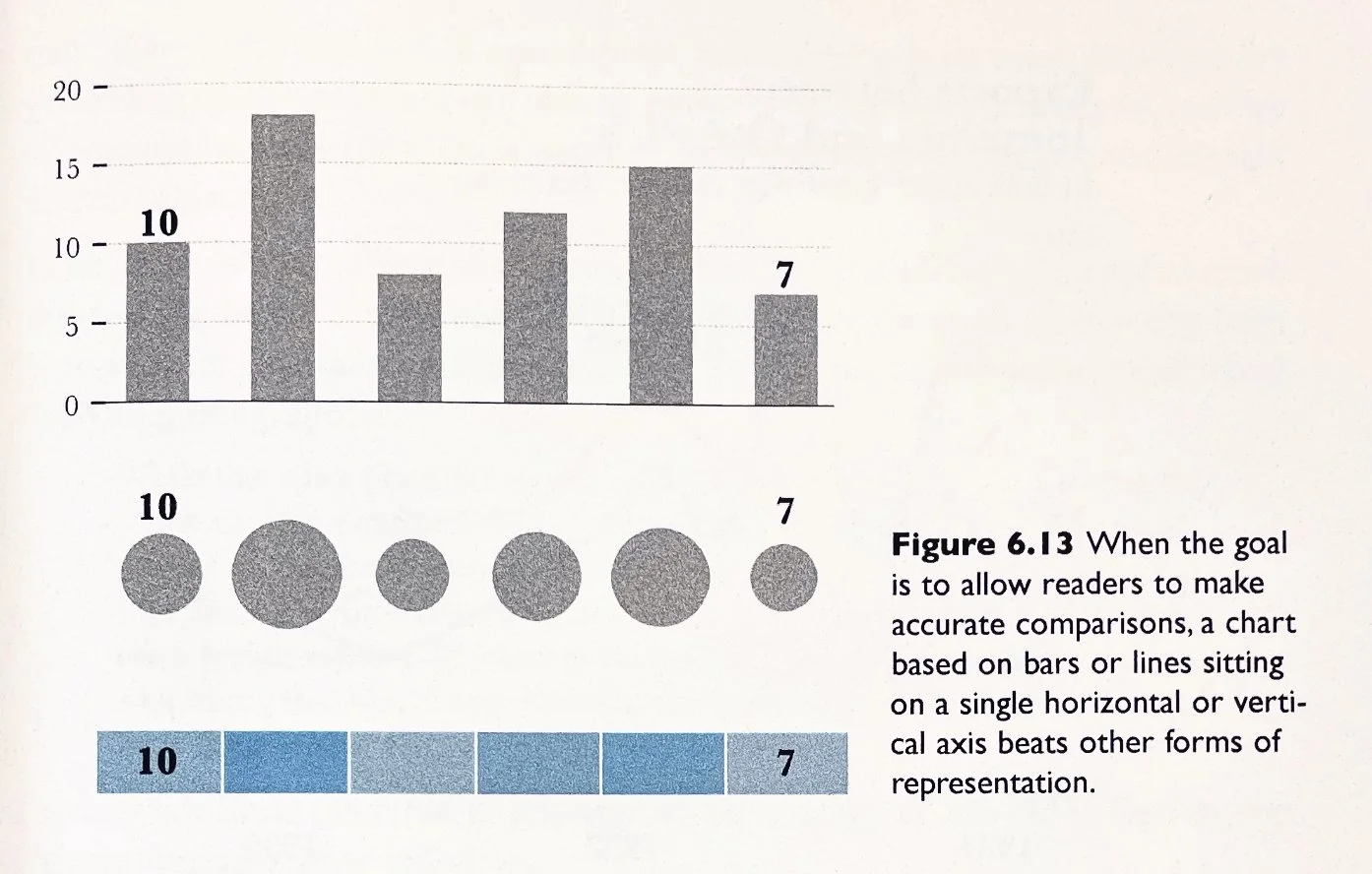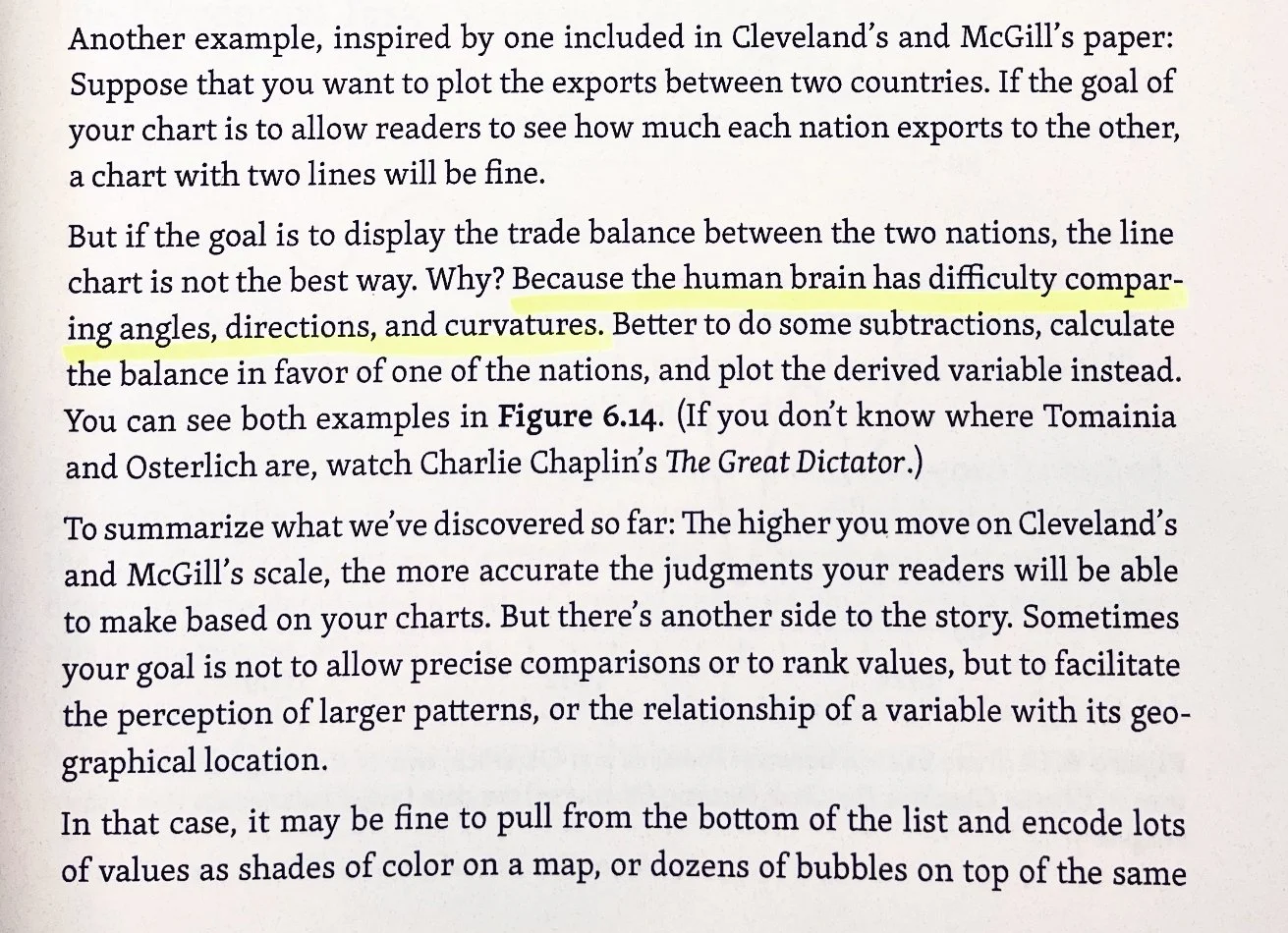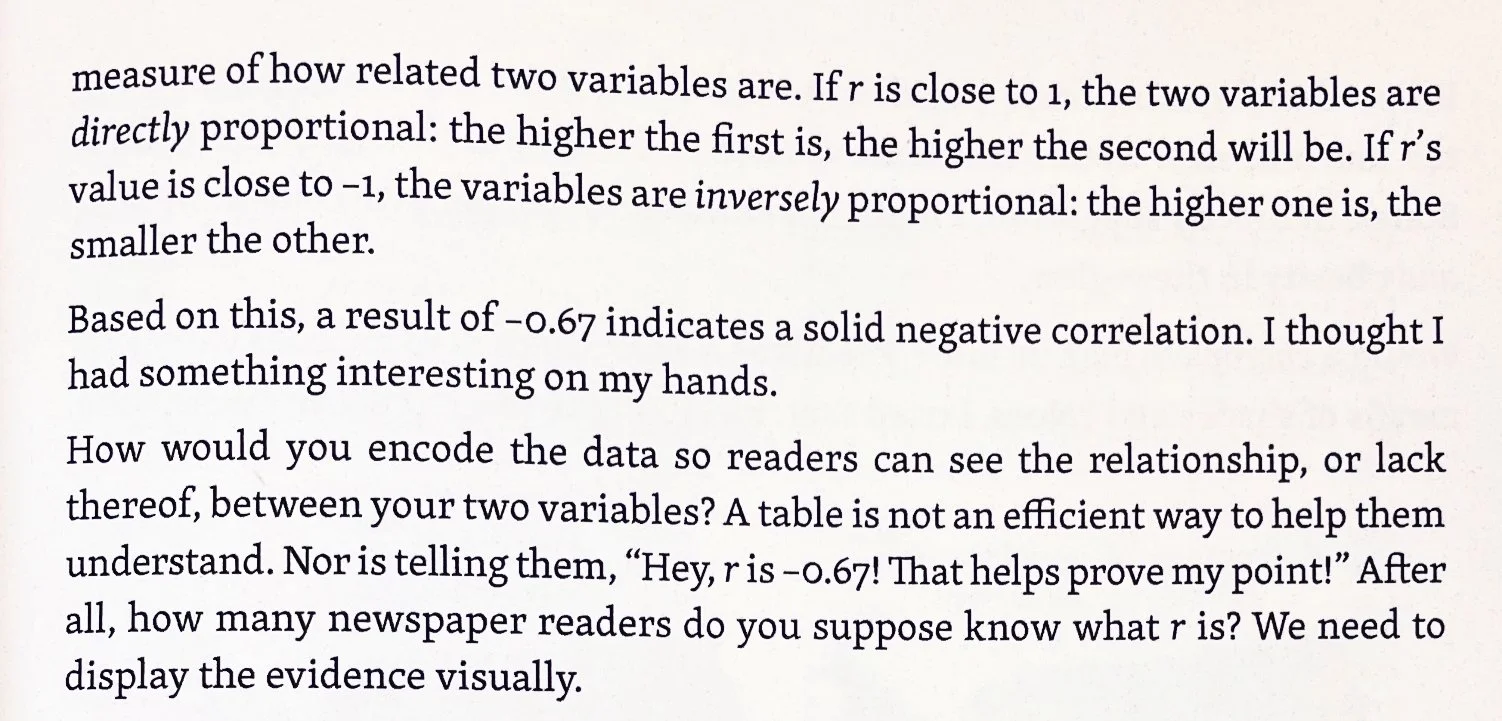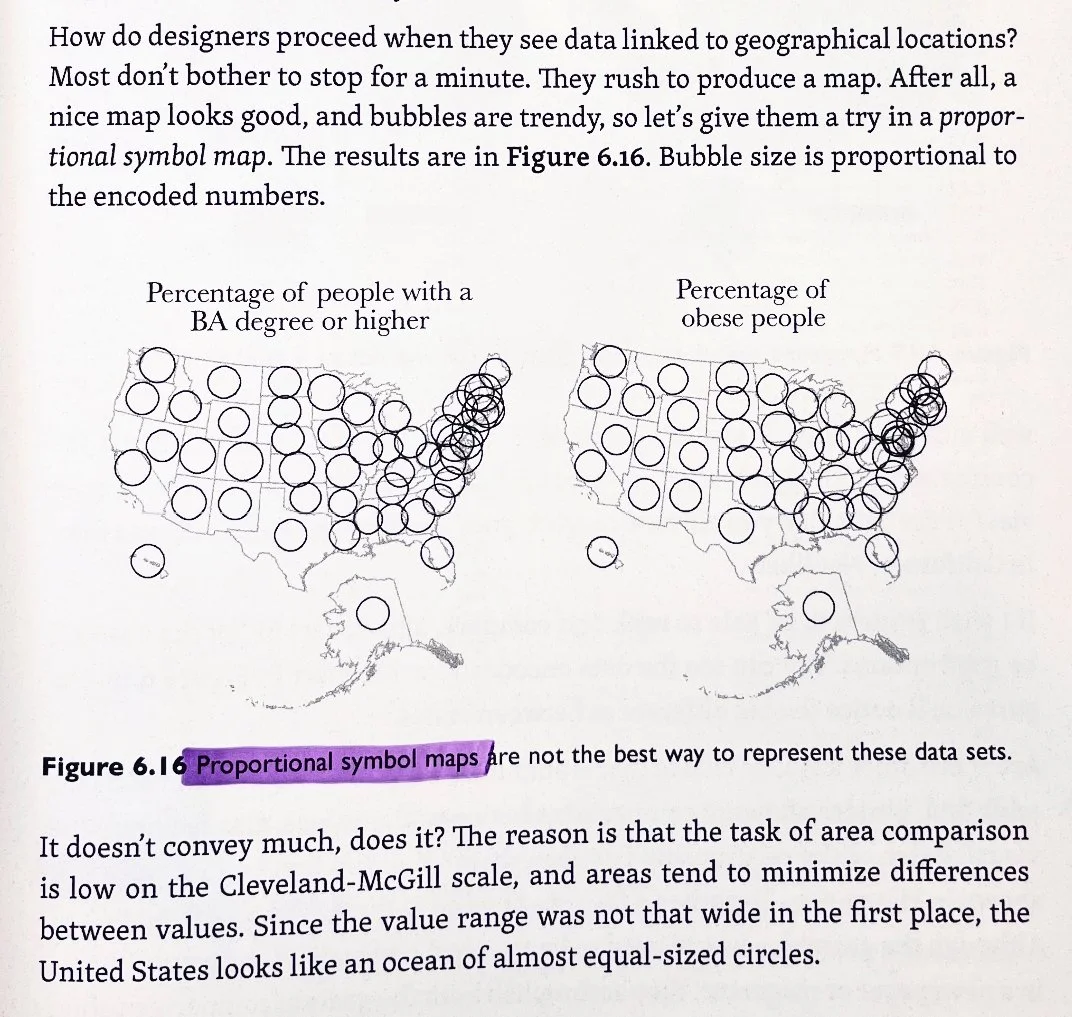The Functional Art
Author(s): Alberto Cairo
How much I would recommend this book to other medical students/residents: 5/10
Buy it on Amazon: Link
Searching for A Fracture on an X-Ray
This reminds me a lot about how we design the user interface for our electronic medical records. In the emergency department, the environment is fast-paced, we have to make decisions based on limited information. For example well looking at the track board of all patients in the emergency department, what’s important for us to know what a glance are which patients are waiting to be Scene, which patients are unstable, which patients are waiting for a reevaluation. In essence, patients that are requiring our immediate action or close attention should be the ones with the highest contrast of color on the track board. This way at a glance, we can see which patients we need to focus our attention on.
If we follow what we learned from this book, we can use this information to help us an appropriate, labels for patients in the emergency department track board:
Patient status that would benefit from high contrast colors:
Patients waiting to be seen
Patients waiting for reevaluation
Unstable patients
Patient status that would benefit from low contrast colors:
Patients in process or awaiting lab results
Stable patients
Deceased patients
Choosing Colors for the Emergency Department
Trackboard
More to come on this topic.
Symbols in the EMR
This also applies for using symbols in emergency medical record. Although the above symbols are helpful to discriminate between positive negative findings, they are similar enough and structure that at a glance they are hard to differentiate.
If we were to take the concepts from this book to redesign this, it would look something like this:
***
The symbols here are different enough in structure so that at a glance, it is easy to determine positive findings.
Applying this to Medical Diagrams (USMLE and Emergency Department Physical Exam)
***
The whole idea here is to Illuminate access unnecessary visuals to help reviewer identify which details are important.
This is interesting to me when thinking about it trading effective in Medical Diagrams and visuals. Here are a few examples from a USMLE step one textbook:
***
Although these are beautiful Diagrams, they do provide a lot of excess detail they can make it difficult to identify which features are important.
If we were to use the concept in this book to redesign this, it could look something like this:
***
How to perform ____ procedure
Emergency Medicine, we Must learn how to do a variety of procedures during residency.
Many times, textbooks display real photographs of the procedure to help a resident learn. This textbook makes me wonder - Is there a better way to Visually explain the steps of a procedure?
The following is a great example:

